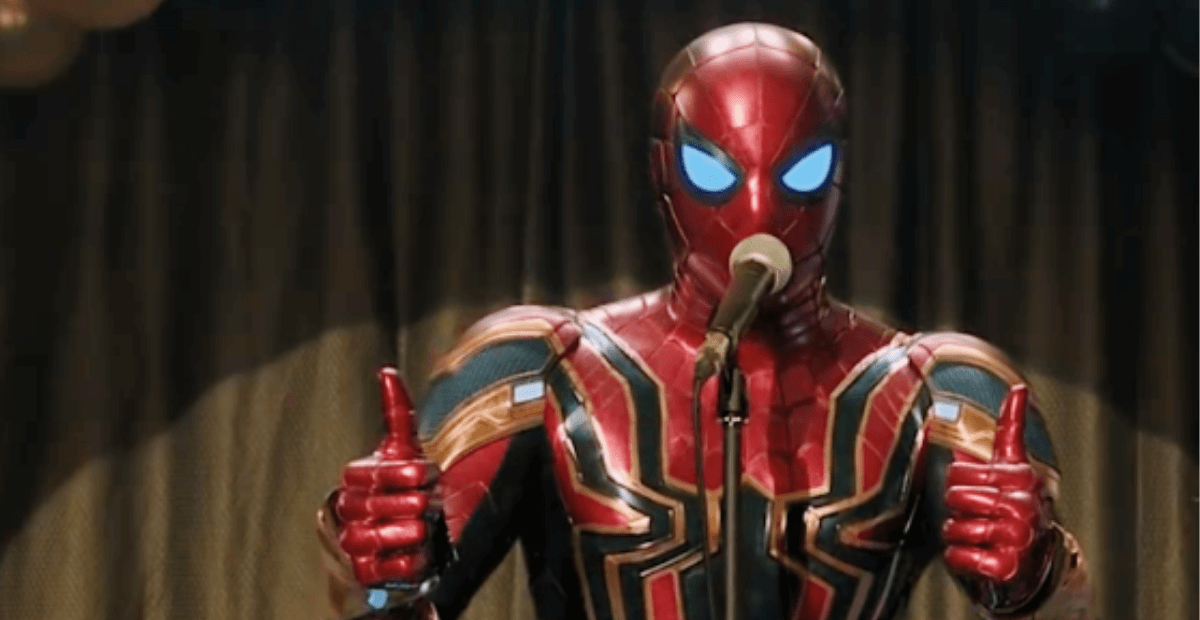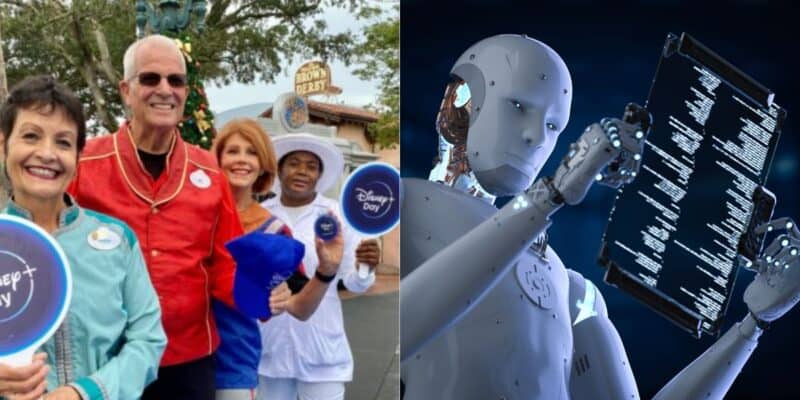Walking into almost any theme park today, you’ll notice something has changed. Technology is no longer just a backdrop for the rides; it is the ride. From trackless vehicles to projection mapping that brings entire lands to life, the industry has been racing forward with new ideas that make yesterday’s classics look almost quaint. It’s thrilling to watch unfold, but it also raises significant questions.
If rides and experiences are becoming more advanced, what does that mean for the people—the cast members—who have always been the heart of Disney World?

Disney’s Current Mix of Technology and Storytelling
Disney has always prided itself on being ahead of the curve in technology. Over the years, Imagineers have developed ways to blend animatronics, screens, and practical sets to immerse guests in stories like never before.
Mickey and Minnie’s Runaway Railway is a prime example. It looks like a simple cartoon-inspired ride, but it relies on carefully hidden screens and projection technology that seamlessly blend with the physical environment.
Frozen Ever After does something similar. The ride uses updated animatronic figures with projected facial animations that feel far more expressive than the old-school mechanical movements from decades past.
These hybrids—part physical, part digital—are becoming the new normal at Disney World. Guests may not even realize how much of what they see is a careful marriage of technology and storytelling.

Bigger, Faster, Smoother
Beyond characters and sets, Disney has been leaning heavily into high-tech ride systems designed to push thrills further than ever.
Guardians of the Galaxy: Cosmic Rewind is one of the most advanced coasters in the world, using controlled spinning vehicles and a buttery-smooth launch system to make the ride feel almost too fluid to be real. Unlike traditional roller coasters, it points riders toward the action, ensuring no one misses the story’s beat.
Then there’s TRON Lightcycle Run, which puts guests on futuristic motorcycle-style seats for a launch that feels like something out of a video game. The ride relies on cutting-edge track design and sleek engineering to deliver thrills at speeds Walt Disney himself could never have imagined.
These attractions prove that technology isn’t just about visuals anymore—it’s about movement, immersion, and precision.

Where AI Could Enter the Picture
While rides are becoming more advanced, the next frontier is how Disney manages day-to-day operations in the parks. That’s where artificial intelligence could sneak in.
Other industries are already experimenting with service robots that take your order, deliver food, or even clean restaurant tables. If you’ve dined at certain chains outside of Disney World, you may have seen a robot wheel up to your table with a food tray.
It wouldn’t be surprising if Disney decided to test similar technology inside its parks. Imagine placing a mobile order for a meal in the My Disney Experience app, only for a sleek, themed robot to roll out from backstage and deliver it right to your table. It would save time, reduce staffing needs, and—if themed correctly—probably delight a fair share of guests.

Expanding Beyond Food Service
However, the role of AI in the parks might not stop at food delivery. Picture robots or AI-driven kiosks answering basic guest questions, giving directions, or even scanning Lightning Lane reservations. Instead of waiting in line to ask a cast member about showtimes or bathroom locations, you could simply interact with a digital concierge that has the answer instantly.
Character interactions could also eventually shift. We’ve already seen glimpses of this with “living characters” like the Stuntronics Spider-Man in Disneyland. Combine robotics with AI-generated dialogue, and suddenly, you could chat with a character that responds to you in real time—no human is required behind the mask.

Why Disney Might Go Down This Road
On paper, the appeal for Disney is obvious. Technology doesn’t call in sick. Robots don’t need health insurance, time off, compensation, or breaks. In theory, they could operate more extended hours, cover more ground, and reduce the massive staffing challenges that come with running a resort the size of Disney World.
Disney also tends to chase efficiency. If AI could streamline restaurant service, shorten wait times at guest services, or even keep character meet-and-greets running smoothly, it could free up human cast members to focus on areas where personal interaction matters most.

The Downside of an AI-Driven Disney
But here’s where things get complicated. A considerable part of what makes Disney World special isn’t just the rides—it’s the cast members. They’re the ones who go out of their way to sprinkle “pixie dust” into a family’s day, like handing out a free Mickey bar to a crying child.
Robots can’t replicate warmth, kindness, or empathy. Guests don’t remember a roller coaster because it was efficient; they remember the way a cast member made them feel. Replacing too many roles with AI risks stripping away the very thing that separates Disney from every other theme park: its human touch.

There’s also the question of authenticity. Meeting Mickey Mouse is special because, in the moment, it feels real. If the interaction becomes too obviously automated—if the responses feel canned or robotic—guests may start to feel like they’re just interacting with another app.
Not to mention, all technology faces problems at times. There’s no telling how many malfunctions there will be with a whole new AI system replacing real human beings.

A Balancing Act for the Future
The most likely scenario is a balance. Disney could use AI in the background to support human cast members rather than outright replace them.
Robots could deliver food while servers still check in with families. Digital assistants could answer common questions while cast members focus on helping with unique situations. AI could make the parks run smoother without erasing the heart of the Disney experience.
After all, technology has always been part of Disney’s DNA, from Audio-Animatronics in the 1960s to the groundbreaking ride systems of today. It’s only natural that AI will play a role in shaping the parks of tomorrow.
The big question is: How far will Disney go?
